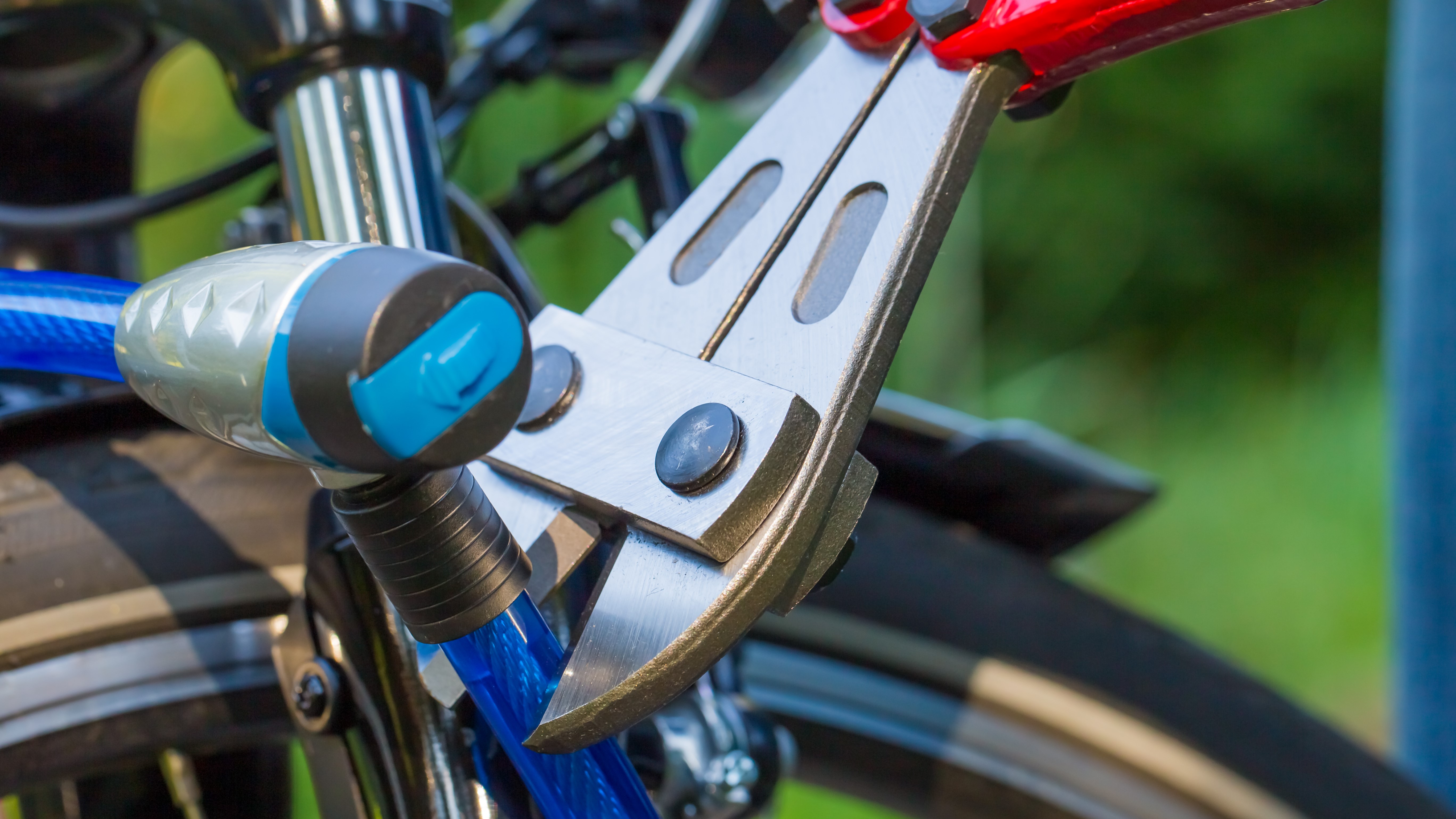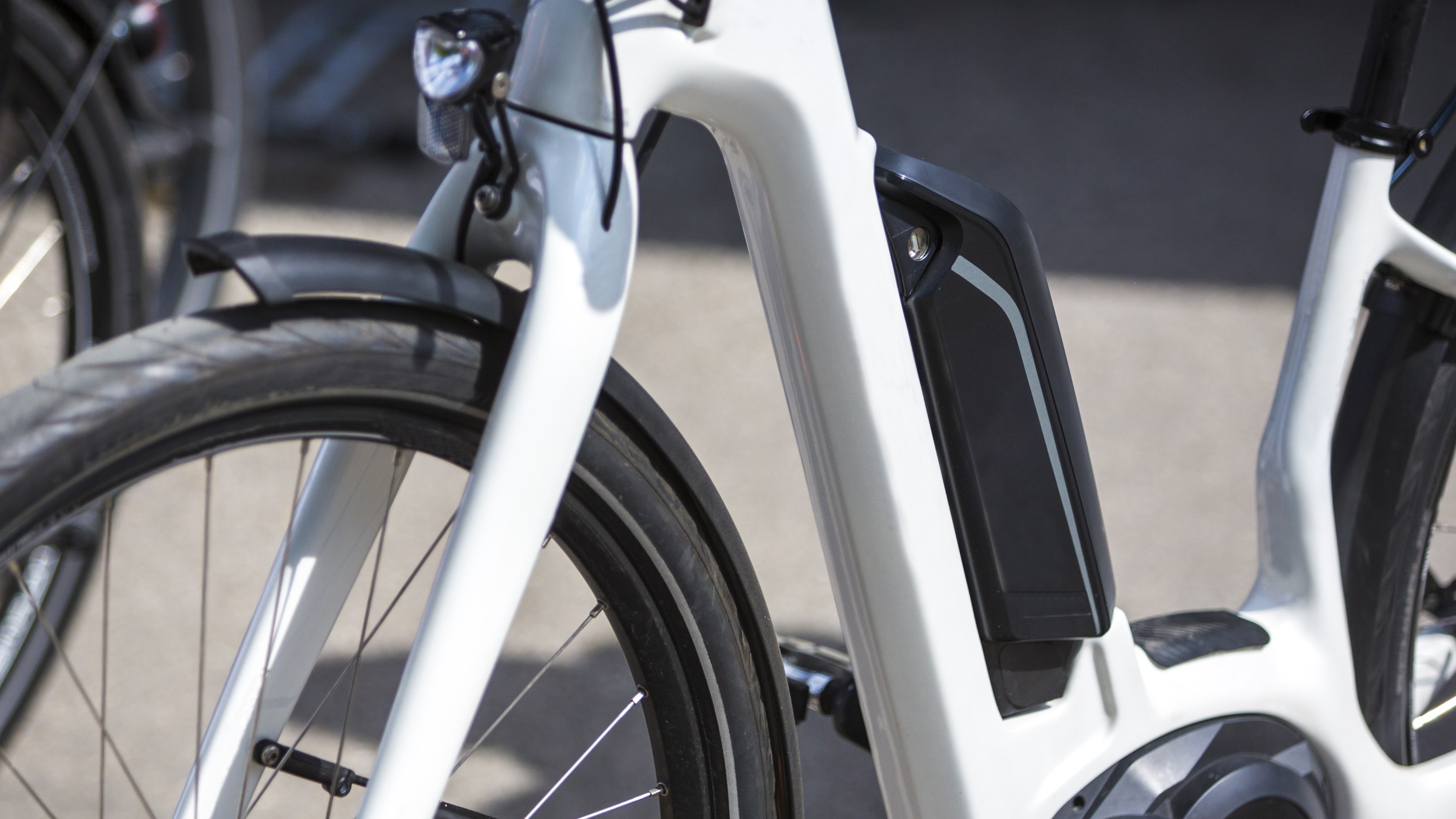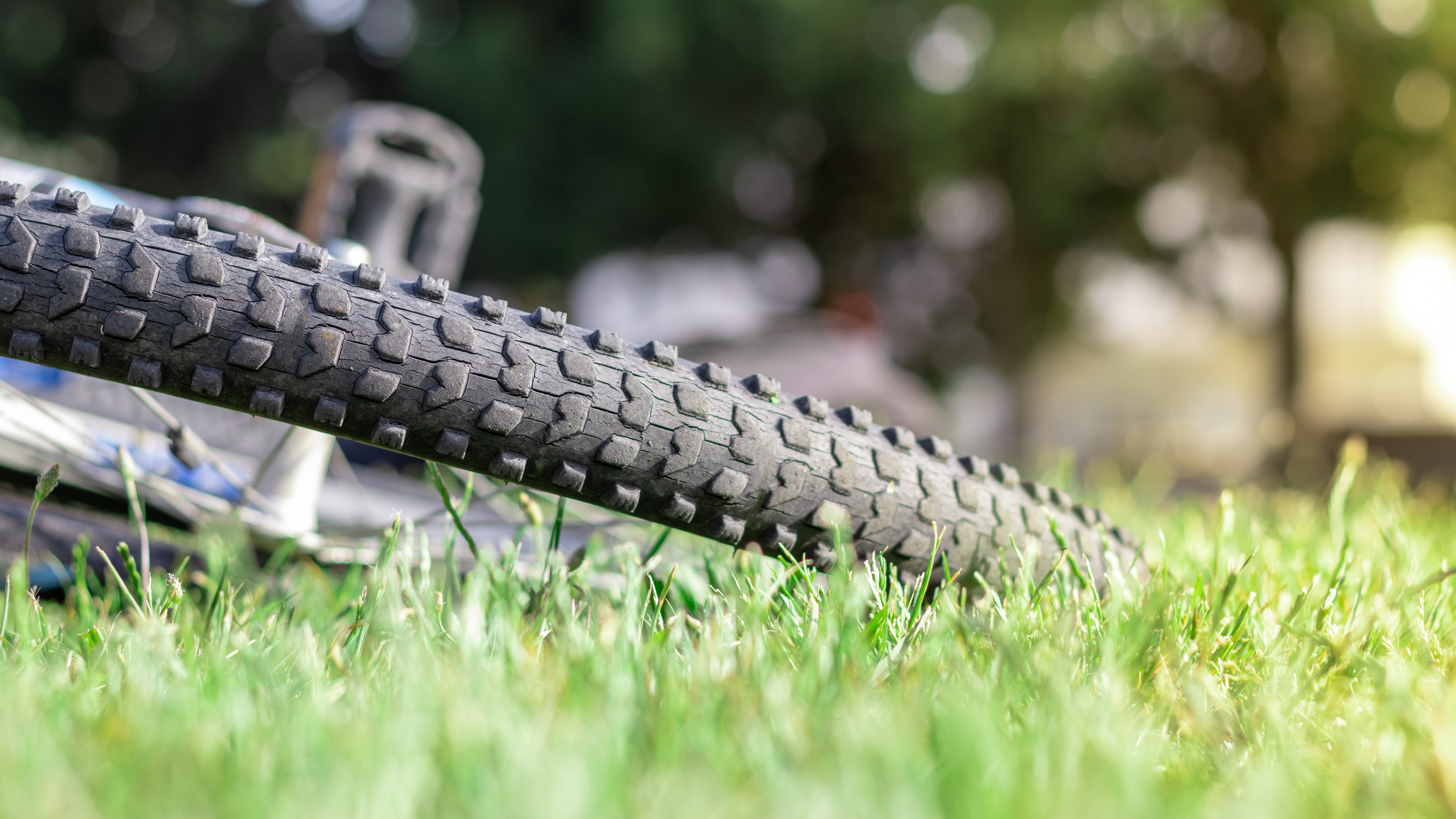
Specialist bike insurance might not be a legal necessity, but it’s a really, really good idea – particularly for the best electric bikes.
E-bikes are fantastic – they’re fun to ride, take the sweat out of commuting, and make cycling accessible to people who might not have enjoyed it before.
They're also expensive. Even a relatively cheap electric bike will set you back around a grand, and a mid-range bike will cost twice as much. It might be covered under your home insurance, but such policies will typically only cover bikes that were stolen while locked up at home, not swiped from a bike rack or damaged on the road.
There might also be an expensive premium to pay, and your home insurance may put a cap on how much you can claim for a stolen bike, which could only be a fraction of what your e-bike cost.
And what about the other cost of accidents – if you're injured, you scratch someone's car, you hit a person, or you're clipped while riding? That’s where specialized bike insurance comes in.
TechRadar spoke to Tobias Taupitz, founder and COO of bike insurance company Laka, to find out what you need to know about insuring your e-bike, what steps you can take to avoid needing to make a claim in the first place, and what to do if you're unlucky enough to be involved in an accident.
Types of e-bike insurance
There are several different types of insurance to consider. First-party liability insurance covers you and your own bike, and policies vary greatly, but this could include things like replacing individual components or the entire bike. You could also receive a payment if you’re seriously injured on your bike, particularly if you’re unable to work until you’ve recovered. Bear in mind that you’ll usually have to wear a helmet to be covered by this type of insurance – make sure you check the small print.
Get daily insight, inspiration and deals in your inbox
Sign up for breaking news, reviews, opinion, top tech deals, and more.
Then there’s third party insurance. “It's a very blanket term,” says Taupitz, “but in a nutshell it covers you for any damages you inflict on others. Basically, if you scratch your car, or if you run over a pedestrian, they will be charges alongside with that. Damaging a car is not really expensive, but hitting a pedestrian is.”

He gives the example of an accident in London in 2019, where a cyclist hit a pedestrian who stepped into the road while looking at her phone. Both people were knocked unconscious and were found equally responsible for the accident in court, but lack of insurance and legal representation early on, the cyclist was left with a huge legal bill.
“It happens really quickly, and not necessarily because you do something wrong, but you are a participants in the traffic basically, and the charge, if there have been serious long term injuries, can amount to very big numbers.”
Thankfully, such serious accidents are rare, which is why bike insurance is surprisingly cheap. Laka, for example, has just launched Laka Club, which offers third-party liability cover for £1 (about $1.25 / AU$2) for the rest of the year.
“It’s an initiative to welcome all the new urban cyclists who have just picked up cycling again ore rediscovered it as part of the recent events. It’s basically for us to get to know each other, and you can opt out if you don’t want to continue with it.
Then there are types of insurance specific to cyclists. Laka, for example, offers health and recovery insurance, which covers your wellbeing after an accident. For example, if you’re a keen road cyclist and a broken collarbone means you’re going to be out of action for six weeks, you could borrow a turbo trainer to use indoors to make sure you don’t lose fitness. It could also include counselling to help you feel confident again after an accident.
If you’re planning to take part in races it’s likely that you’ll need separate event insurance. It's not likely to be the case with an electric bike, but it's possible.
Avoid needing to claim
So how can you avoid having your e-bike stolen in the first place? As Taupitz explains, the best place to start is to invest in a really good lock.
“We see people buying a really expensive bike and then buying a £10 cable binder – and that doesn’t stack up,” he says. “Even if you have an entry-level bike, treat yourself to a higher end lock.”
But how can you tell if a lock is good? Sold Secure is an independent organization that tests and certifies bike locks to make it easier for cyclists to compare their security levels. Companies submit a lock for testing, and after attacking them with a variety of tools (cable cutters, saws, angle grinders and more), Sold Secure will give it a rating – Gold, Silver or Bronze – depending on how long it took to break.

To find out whether you should entrust your bike to a particular lock, simply look it up in Sold Secure’s database. For an expensive electric bike, you should definitely be looking for a Gold rated lock, which will take some serious work to break.
Locking your bike somewhere covered by CCTV is also a good idea, as is applying general common sense when choosing where to leave it. “You wouldn’t believe sometimes when people leave their £5,000 bike in a dark alley and wonder why it has been stolen,” says Taupitz.
In some ways, e-bikes are harder to steal – partly because they’re heavier and more difficult to carry away, and partly because they’re often fitted with GPS, which shows their exact location. However, Taupitz explains that there are some highly organized gangs that can steal them more easily than an opportunistic thief, but not many. A bigger problem is vandalism.

“We’ve seen very few e-bike thefts, but we’ve seen a lot of battery thefts,” he says. “People use brute force to get hold of it, or they use a screwdriver of some sort to just smash it. I’m not sure how you’d sell it on, but that doesn’t seem to be a big concern.”
You can also help avoid a claim by making sure your e-bike is properly maintained. “A lot of damages occur because you haven’t seen a bike shop for half a year and your brake pads don’t work properly anymore, greasy chains, and things that can be avoided easily,” says Taupitz. “Treat your bike with respect.”
What to do in an accident
Finally, we asked Taupitz what you should do if you’re involved in an accident. If you’ve simply fallen off, he says, talk to your insurance company. Laka, for example, can act as a bike concierge service and deal with the inconvenience for you. That might involve a payout, or it might involve working liaising with the e-bike manufacturer or retailer to make a warranty claim if it’s simply broken down. The aim is to get you riding again, with a minimum of fuss.
If you’re involved in an accident with a car, make sure that you’re all right, and if you’re injured, get in an ambulance – forget about the bike and car. Your wellbeing is paramount.

“If you are not hit badly, the license plate is key,” Taupitz says. “Unfortunately there are a lot of hit-and-runs, which is devastating. If the driver has stopped, then the license plate is the bare minimum, then they can figure out who the driver is.
“If the driver admits knowledge of fault, [find out] which insurance company he’s insured with and, in an ideal world, look around for any witnesses, because you wouldn’t believe how many people would wriggle out, blaming the cyclist for daring to just be on the road. [There are] a lot of emotions involved, sometimes.
“Also have a quick look around to see if there’s CCTV. If you spot those, that will help with the process. But again, in such an instance where a bike is damaged and a customer is insured with us, they would turn to us. First, we would settle the claim, and then it would be on us to recover the money from the insurer and give it back to our community, basically.”
- The best electric scooters of 2020

Cat is TechRadar's Homes Editor specializing in kitchen appliances and smart home technology. She's been a tech journalist for 15 years, having worked on print magazines including PC Plus and PC Format, and is a Speciality Coffee Association (SCA) certified barista. Whether you want to invest in some smart lights or pick up a new espresso machine, she's the right person to help.